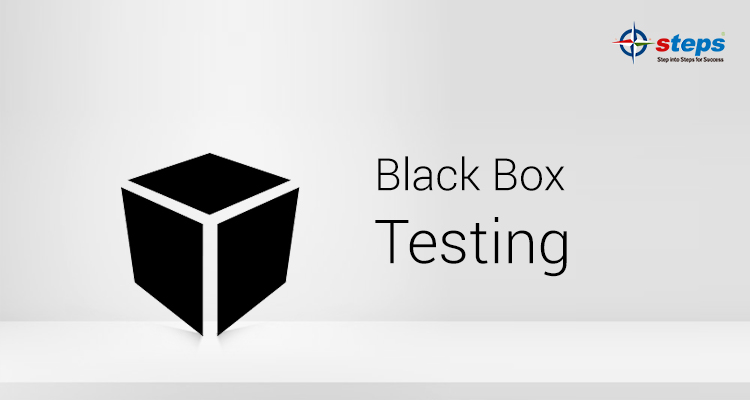Black Box Testing

Black Box Testing is a software testing approach in which the functional design of software operations are checking without having awareness of internal code constructions, operation technicalities and internal paths. Black Box Testing primarily focuses on taking and taking out values of software applications and it is absolutely based on software specifications and requirements. It is also known as Behavioral. For example, an operating system like Windows, a website like Google, a database like Oracle or even your own custom application. Under Black Box Testing, you can test these applications by just focusing on the taking in and taking out values without understanding their internal code performance.
What is Black Box testing techniques?
- Boundary Value Analysis
- Equivalence partitioning
- State Transition Testing
- Decision Table Testing
- Graph-Based Testing
- Error Guessing Technique

1. Boundary Value Analysis:
It is the extensively used black-box testing, which is also the basis for equivalence testing. Boundary value analysis analysis the software with test cases with depth values of test data. BVA is used to find the bugs or errors that appear due to the reduce of input data.
For example, Taking inputs for a test case data for an age field should accept a valid data of anything between 1-100. According to BVP analysis, the software will be tested across four test data as -1, 1, 100, and 101 to analysis the system’s feedback using the boundary values.
2. Equivalence partitioning:
This test case constructing techniques analysis the taking in and taking out values by break down the input values into equivalent classes. The data must be tested at least once to assure maximal test coverage of data. It is the extensive form of testing, which also limits the repetition of inputs.
For example, Taking inputs for a test case data for the example quoted above will have three classes from which one data will be tested. Valid class: 1 to 100 (any number), Invalid class: -1 (checking the lowest of lowest), Invalid class: 101(highest of highest).
3. State Transition Testing:
This testing technique uses the taking in values, taking out values, and the state of the system during the testing phase. It analysis the software against the chain of changeover or action among the test data. Based on the character of software that is tested, it analysis for the observable difference of a system in a peculiar state or another state while managing the same inputs.
4. Decision Table Testing:
This approach build test cases based on different capabilities. It looks at multiple test cases in a decision table format where each condition is analysis and satisfied, to pass the test and bring correct output values. It is adopted in case of different input combo of values and multiple prospects
5. Graph-Based Testing:
It is identical to a decision-based test case design approach where the bond between links and input cases are treated.
6. Error Guessing Technique:
This method of designing test cases is about guesswork the output and input to fix any errors that might be now in the system. It depends on the experience and knowledge of the tester.
As software development, companies strive to produce the most inventive products, ensuring that they are secure and high-quality. Black box testing remains an essential component throughout the scenario. With right resources for best software testing training in Kochi, anyone could eventually build out their steps. As it assures us to check our product throughout, we definitely can rest with assured knowledge that we are releasing out the best products out. To accomplish this to the fullest, hands on doing with the best testing tools training in Kochi would definitively be good to strive for building up your career. Boost your trails and start tracking differently with right solutions.

